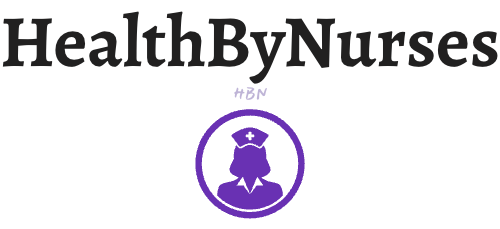Understanding Cancer: Types, Causes, and Prevention
What is Cancer? Cancer is not just one disease, but a group of diseases where cells grow uncontrollably and spread to other parts of the body. These abnormal cells can invade surrounding tissues and even travel to distant areas. Cancer can develop in nearly any tissue or organ in the body.
The World Cancer Day theme for 2025-2027, “United by Unique,” celebrates the individuality of each cancer journey. It highlights that while cancer affects many, every person’s experience is different. By putting people at the center of care, this theme encourages unity, support, and empathy, focusing on the power of shared stories in the fight against cancer.
Common Types of Cancer: Cancer is incredibly diverse, with over 100 types, but the most common ones make up more than 60% of new cancer cases and deaths. Here are the top players:

- Lung cancer is the most diagnosed (12.4%) and the leading cause of cancer deaths (18.7%).
- Breast cancer follows closely (11.6% cases, 6.9% deaths).
- Colorectal cancer is another major concern, affecting 9.6% of new cases and causing 9.3% of deaths.
- Prostate cancer and stomach cancer also rank highly in new diagnoses and deaths.
In women, breast cancer tops the list for both new cases and deaths.

For men, lung cancer is most common, followed by prostate and colorectal cancers, with liver cancer also causing a significant number of deaths.

Global Cancer Statistics: According to the Global Cancer Observatory (GLOBOCAN), there were nearly 20 million new cancer cases worldwide in 2022, with lung cancer being the most prevalent.
What Causes Cancer?
Cancer starts when normal cells transform into tumor cells. This transformation is influenced by genetic factors and three main external factors:
- Physical Carcinogens: UV radiation from the sun and ionizing radiation (like X-rays).
- Chemical Carcinogens: Tobacco smoke, alcohol, and harmful substances like asbestos and arsenic.
- Biological Carcinogens: Certain viruses (like HPV, Hepatitis B, and C) and bacteria.
As we age, our bodies accumulate more risks for cancer, and our cell repair mechanisms weaken, making older adults more vulnerable to developing cancer.
Cancer Risk Factors:
Several factors increase the risk of cancer:
- Tobacco use, alcohol consumption, an unhealthy diet, and lack of exercise.
- Chronic infections, such as hepatitis B, C, and HPV, are linked to several cancers.
- Age: The risk of cancer increases as we get older due to a combination of accumulated exposures and reduced cell repair abilities.
How to Prevent Cancer:
While we can’t eliminate the risk of cancer, we can take many steps to reduce it:
- Quit Smoking: If you smoke, quitting is the best thing you can do for your health. Avoid secondhand smoke too.
- Eat Healthy: Fill your plate with a variety of fruits, veggies, and whole grains. Limit processed foods and unhealthy fats.
- Exercise Regularly: Aim for at least 30 minutes of exercise a day to stay fit and maintain a healthy weight.
- Limit Alcohol: If you drink, keep it moderate—one drink a day for women and two for men.
- Protect Your Skin: Wear sunscreen, hats, and protective clothing. Skip tanning beds to reduce your risk of skin cancer.
- Vaccinate: Vaccines like the HPV vaccine and Hepatitis B vaccine can help prevent cancers caused by infections.
- Get Screened: Early detection through regular screenings can help spot cancers like breast, colon, and cervical cancers early.
- Be Aware of Chemicals: Limit exposure to harmful chemicals in your environment, whether at home or work.
- Know Your Family History: If cancer runs in your family, talk to your doctor about starting screenings earlier.
- Support and Early Detection: Don’t ignore symptoms or delays in your health. Early detection saves lives.
Taking small steps today can lead to a healthier tomorrow. Together, we can fight cancer by staying informed and making proactive choices!
The Fight and the Care
In silence, the patient fights alone,
With a nurse beside them, strength is shown.
With gentle care, the pain they mend,
A healer’s touch, a faithful friend.

References :
- cancer.gov
- acsjournals.onlinelibrary.wiley.com
- https://pubmed.ncbi.nlm.nih.gov/38572751/
